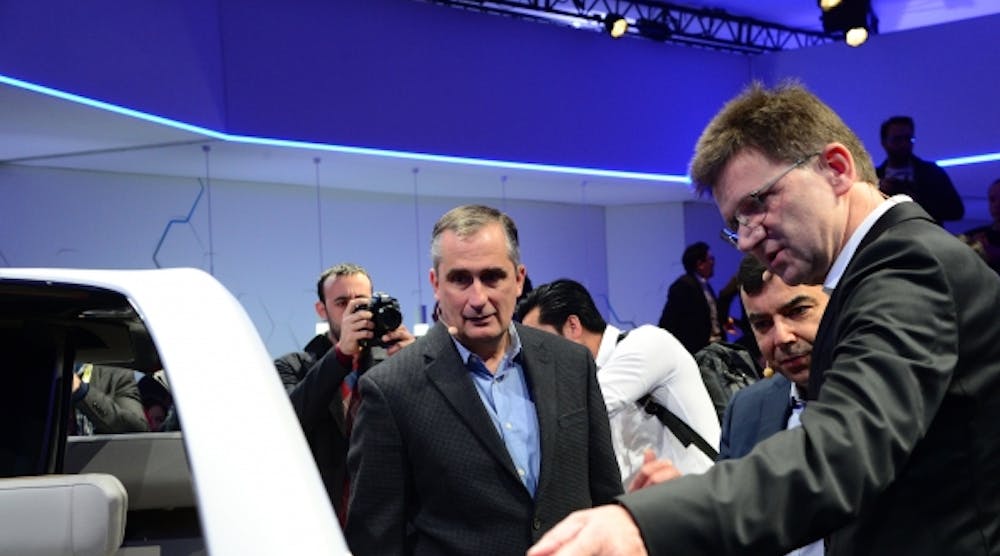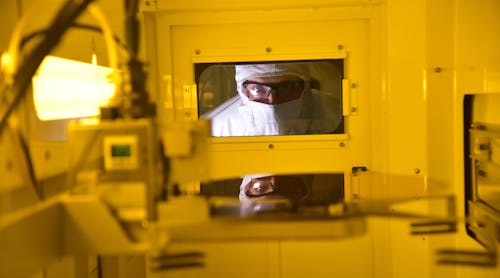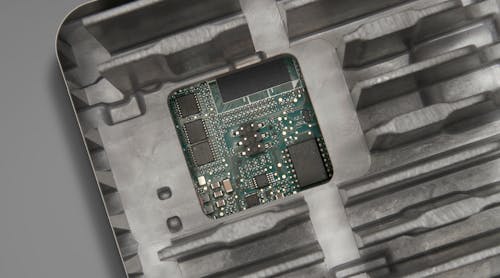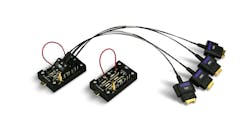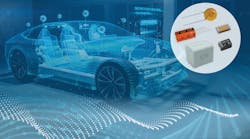Over the last two years, Intel seemed to have bought up enough vital parts of self-driving cars to rival Mobileye, the supplier of vision processors, software, and digital maps. And yet the company announced on Monday that it had acquired Mobileye for $15.3 billion.
In previous deals, Intel had acquired vision software from Itseez and Wind River, as well as hardware from Movidius for wiring image recognition into drones and security cameras. The $16.7 billion deal it signed with Altera two years ago gave it programmable chips that would later be used in an autonomous driving development platform.
Last year, the chip maker acquired the deep learning expertise of Naveen Rao, Arjun Bansal, and Amir Khosrowshahi, the founders of Nervana Systems, which could be applied to the data center. Intel also acquired a 15% of the digital mapping firm Here, which is owned by BMW, Daimler, and Audi.
Intel had all the relevant parts, but it apparently lacked the time to combine them in products for the fast-moving market for autonomous cars. Intel is trying to provide not only vastly powerful computers to traditional automakers like Ford and Delphi, but also the software that could give them an alternative to tech companies like Google. And that is where Mobileye comes in.
Mobileye has sold vision processors and related software to over 25 major automakers for processing images from front-facing cameras, enabling safety features like blind spot warning and lane change assist. It has also expanded into digital road maps and software for fusing sensor data inside its chips.
Mobileye has also planned more sophisticated chips for fully autonomous driving on highways that it will sell to BMW, General Motors, and Volkswagen in 2018. The EyeQ5 chip will fuse data from up to 20 sensors, as well as provide a development kit for writing custom neural networks. Those programs will handle deluge of data flowing into and out of self-driving cars.
"Put just one million autonomous vehicles on the road and you have the data equivalent of half the world’s population," said Brian Krzanich, Intel's chief executive, in a letter to employees. Mobileye's technology provides "the intelligent set of eyes that will allow a vehicle to see and define the world around it," he added.
The two companies already have a relationship. Earlier this year, they announced plans to build 40 autonomous cars in the United States and Europe as part of trials with BMW. They also partnered with Delphi to develop a chips package capable of handling 20 trillion operations per second.
Check our homepage later for a deeper dive into the acquisition and what exactly Intel is getting out of Mobileye. In the meantime, if you have any tips related to this story, you can reach out to this reporter at james.morra@penton.com. |
In view of Intel’s other recent deals, the move also seemed to suggest that Intel was falling behind rivals. Nvidia is raking in money for its graphics chips, which it claims are vital to running artificial intelligence programs. Qualcomm is set to become the world's biggest automotive chip with its $47 billion deal for NXP Semiconductors.
As part of the deal, Intel’s automated driving group will merge with Mobileye. The company will be based in Israel and led by Amnon Shashua, Mobileye’s co-founder and chief technology officer. Ziv Aviram, its other founder and C.E.O., said in a letter to employees that he would also remain at the firm.
Aviram said that the deal would give Mobileye the resources to continue growing. “By pooling together our infrastructure and resources, we can enhance and accelerate our combined know-how in the areas of mapping, virtual driving, simulators, development tool chains, hardware, data centers and high-performance computing platforms," he said in a statement.
"The saying 'What’s under the hood' will increasingly refer to computing, not horsepower," said Krzanich. The deal has been approved by both Intel and Mobileye boards, but it is still subject to regulatory and shareholder approval. The deal is expected to close by the end of this year.
